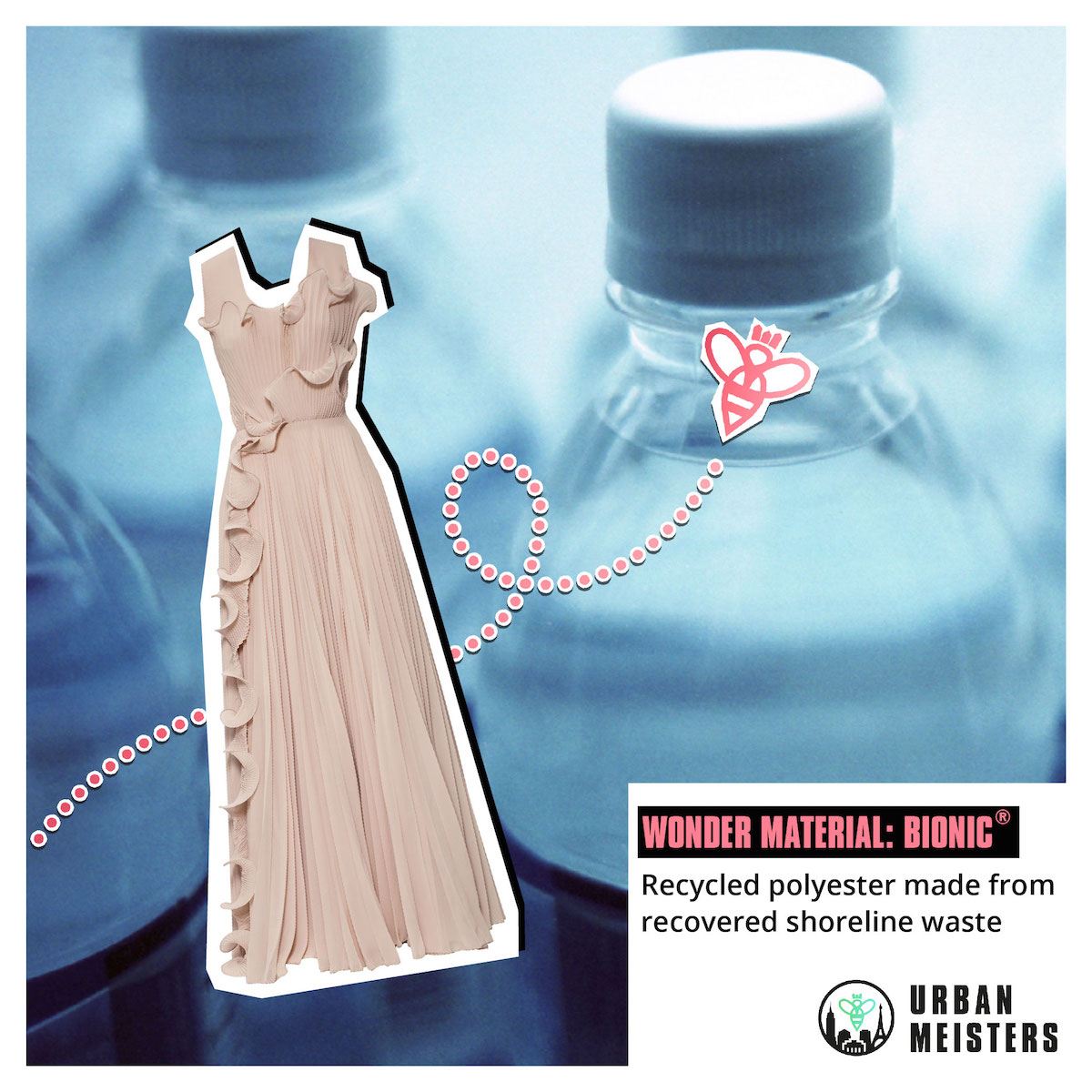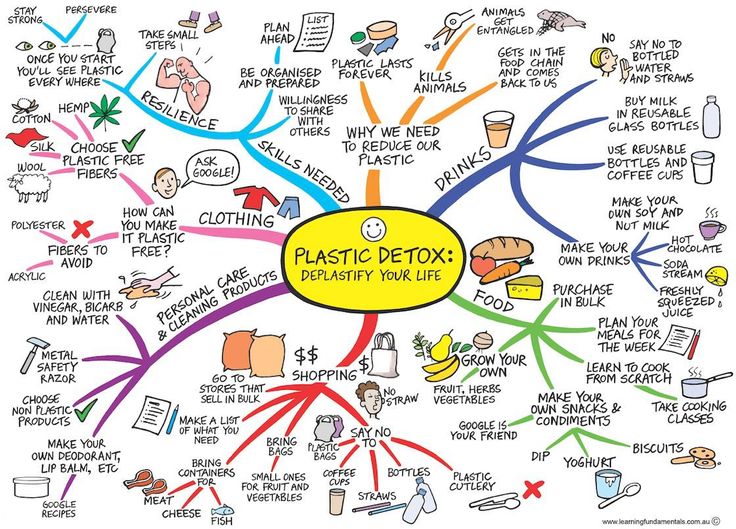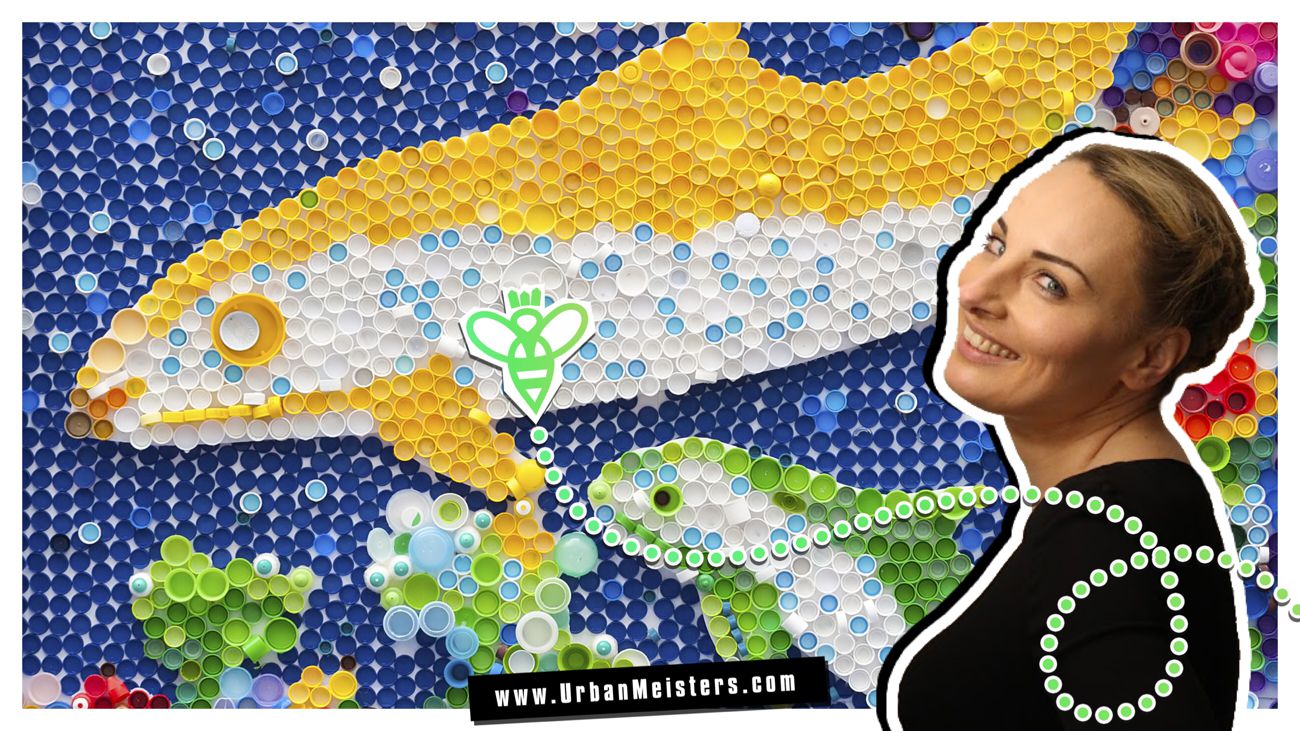Go read. Go share. Go act. Go Green.
Plastics we know about and try and avoid!
Plastics serve us as a packaging material and are marketed as efficient, lightweight, and provide supreme barrier characteristics. Yet, plastics are overwhelmingly harming are planet as people seek convenience over an eco-friendly lifestyle. Remote pacific islands are overrun with plastic. In an easy zero time-taking guide on how to cut down on plastic, developed by founder Mirela Orlovic, we explain why plastic is not so fantastic. Besides being non-biodegradable, as explained by guest contributor – the majority of plastic which ends up in the sea, over 80%, comes from land-based sources – is entering back up in our food chains and is toxic. Also the widely used material for bottled water is under evaluation given that plastic bottles have BPA, or Bisphenol-A, an industrial chemical that is a key building block of polycarbonate plastics which is harmful. The intention of plastic use may have been good: saving time, space and money. Yet, due to the amount of plastic pollution, the dire consequences are now doing harm at unprecedented levels. What can we do? We must understand that sustainability is no longer an option, it is a necessity.

Rewind: The three pillars of sustainability
The three pillars of sustainability are:
- Social (Social well-being and harmony)
- Environmental (The world’s biggest problem is to support a level of environmental quality)
- Economic (Supporting a specific level of indefinite economic production)
These three pillars help to define the entire sustainability issue.
Plastics we don’t know!
Now that we understand sustainability in more technical terms you will be surprised to learn that plastics contribute positively to all the above-mentioned pillars of sustainability. Plastics are economically sustainable, i.e. they bring profit, socially sustainable, as they provide jobs for people and safety, as well as being beneficial in many industries from construction, healthcare to transportation.
Plastics play a huge role in sustainable construction–some of this includes plastic water pipes PVC windows, plastic foam insulation, and so on. In addition, plastics pipes require less energy to produce than iron or concrete and since they are lightweight, they can save on transportation costs and emissions within the building industry. Furthermore, the replacement of Victorian pipes in London, for instance, with new plastic pipes has shown a reduction in leaks. In addition, it has saved significant amounts of water with energy savings in the form of processing and pumping water.
When plastics have finished their phase of use, be that as a bottle or even a car bumper, they can either be recycled (like we featured this fun plastic recycling project here) or if it is not beneficial in the environmental or economic sense—then, the caloric value of the plastic can be recovered through energy from waste incineration to provide a much source of home-grown power. As a result, plastics can be seen as borrowing and using oil for energy.
When it comes to transportation, plastics have been used due to some beneficial characteristics. Such use can be seen in cars, aerospace, trams, and more. Therefore, we can find practical uses for plastics. To illustrate, the average new car in 1984 contained 8.5 percent plastic by weight. Many cars made today contain around 11 percent plastics. This increased usage of plastics makes vehicles lighter, and, consequently, emissions are thereby reduced since the car is less of a load. With regard to their economy, plastics do contribute significantly to the economy from production to usage and purchases.
In healthcare, the most important and crucial medical uses include:
- Blood bags
- Fluid bags
- Heart and lung bypass sets
- Blood transfusion sets
- Blood vessels in artificial kidneys
- Surgical gloves
- Catheters
- Endotracheal tubing
As you can see, plastics play an important role in our lives. We simply need to address over-usage of plastics and how to sustainably dispose of them. This is the issue our world faces.
Recycling plastics & alternative materials
One of the major problems is determining the most efficient method for recycling plastics. Since they are so convenient and so widely used, people forget the damage they can cause to our planet and our wildlife. Why would you bother recycling a plastic bag you got at the grocery store or a plastic freezer bag? How can you recycle plastic microbeads often found in beauty products, which then get ingested by our wildlife? Raw materials have a high value and are a very useful resource, so in order to preserve both money and the environment, the industry needs to make every possible effort to recover as much as possible.
With regard to recycling options, there are two main methods to recycle plastics: mechanical recycling and feed-stock recycling.
- Mechanical recycling is the simplest method of all. This is an action where the plastics, which soften upon heating, are transformed into molding granules to make new products. This process involves gathering, sorting, baling- and then size reduction into flakes (film and sheet) or granules which may need further washing and drying. This is then re-compounded with additives or more virgin raw material, extruded and chopped into pellets ready for reuse. Good practice, right.
- Feedstock recycling involves breaking down polymers into their constituent parts through the use of heat or pressure. As a result, these parts can be utilized to make new plastics and chemicals. Feedstock recycling provides resourceful, when the materials are being recycled, are mixed or added to other raw materials. Instead of discarding them, we must reuse and repurpose plastic as much as possible.
Recycling of plastics into yarns is now being widely used in fashion and apparel industry. On one hand recycled PET bottles are used by sportswear brands while materials like Bionic yarn are being used by H&M, G-Star Raw. Or like these cool travel bags we featured – made from recycled plastic by Hamilton.

Alternative choices – ditch the right kinda plastic!
We have been using plastic bags for decades now, yet, they have brought more harm than good. It goes without saying that they have had a horrific impact on nature and pollution. The issue that arises here is that the energy and raw materials in question are gas and oil. Petrochemicals, which plastic bags are made of, and which are harmful, mean that the continued use of plastic bag leads to faster depletion of valuable and non-renewable fossil fuels.
Then, there are the traveling plastic islands just sitting—with nowhere to go. It can take a plastic bag over 1,000 years to biodegrade. When plastics were first invented, they were naturally considered a technological innovation. No one could have predicted all the harm they cause. Much of our wildlife mistake plastics for food, and end up getting sick or dying.

Source: Learning Fundamentals Mind Maps.
With our current knowledge, there really isn’t any need to use plastic bags while out shopping any longer. We can use paper or your own cloth bags. The same is true of food storage—glass is much more sustainable. Plus, it lasts longer and is biodegradable. And, plastic utensils can barely pick up any food—stick to silverware or even bamboo utensils. Bamboo is considered highly sustainable because it grows quickly. We featured bamboo toothbrushes and reusable bamboo straws which you can even buy here!

Of course get on the BYO brigade too! Bring your own resuable bottles everywhere you can from work to gym. We give you some great options as well as tips on how you can cut down on plastic consumption – irrespective of whether it’s good or bad – with tips from founder Mirela!


![[GREEN LIVING] Plastic sustainability facts – Is plastic really a global villain? [GREEN LIVING] Plastic sustainability facts – Is plastic really a global villain?](http://urbanmeisters.com/wp-content/uploads/bfi_thumb/dummy-transparent-pyhloy3flm1fud810oh3p6ehlxl9g6gaynvtpmef4g.png)
![[ALERTE GREENWASHING – CHAMBRE ENFANT] Les conseils pratiques d’un père engagé](http://urbanmeisters.com/wp-content/uploads/bfi_thumb/dummy-transparent-pyhloyclal4p5ty8tb4matytlyd4xyugzcd2z17fr6.png)